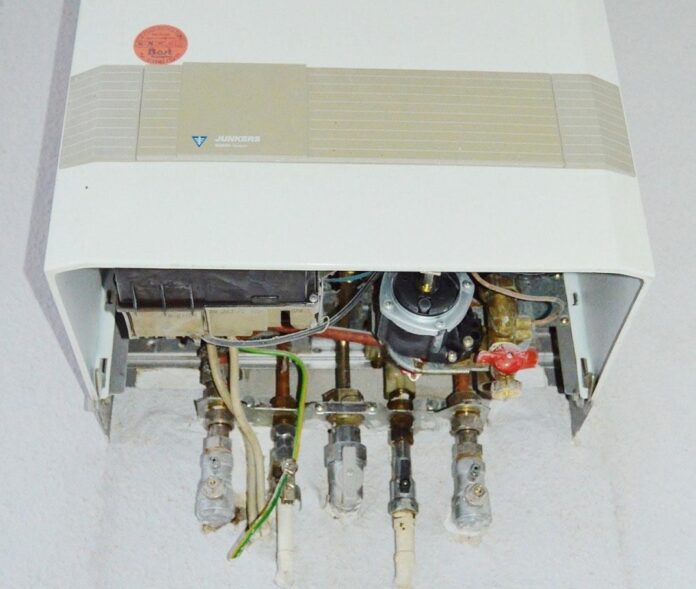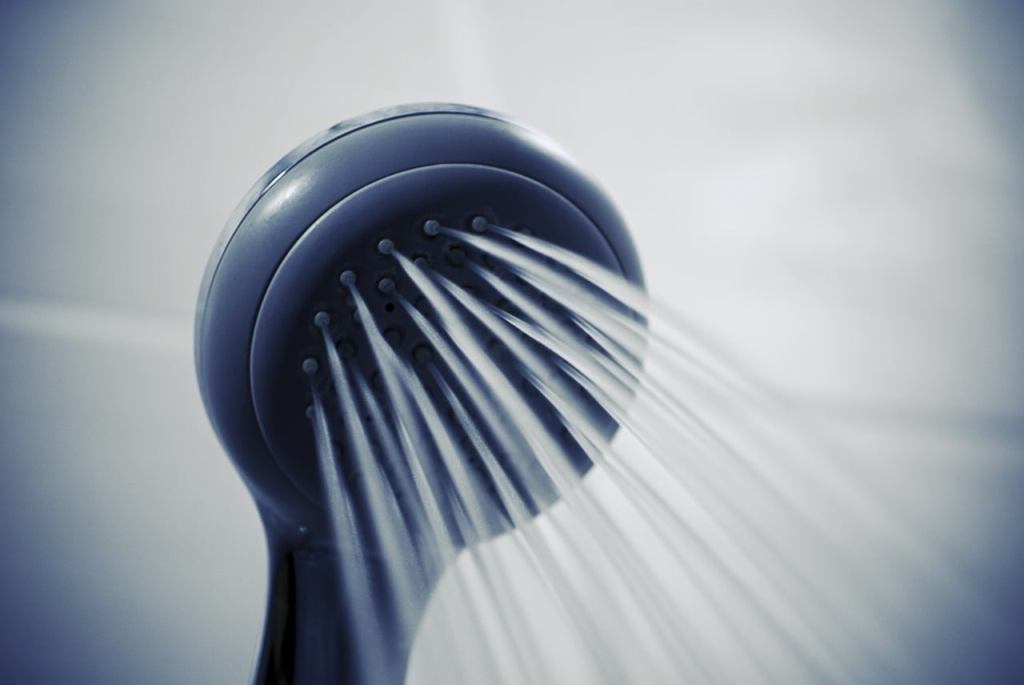Warm, running water is a necessity in all households because, without it, we cannot cook, bathe, do laundry, or clean. A hot morning shower is the first step in many people’s daily routines. Without it, they can’t freshen up before going about their day. The source of this soothing warmth is the water heater. If anything happens to it, you will have to endure the discomfort of cold water which is irritating, especially during the winter. That’s why it’s crucial to look out for signs that your heater needs to be repaired before it’s too late. Below, we have gathered the most common signs that indicate you need to replace or repair the water heater.
Rumbling Noise
It is normal for any machine to produce some noise, but loud, rumbling sounds are cause for concern. The noise will be more pronounced in a household consuming huge amounts of heated water. To know whether the heater needs repairs or replacement, you should familiarize yourself with the common noise issues and the reasons behind them. One of the primary causes of rumbling noises is sediment buildup at the bottom of the tank. Over time, the particles harden and accumulate, which wears down the heater. Consequently, it will take more time and effort to heat the water, and the tank might eventually crack.
To remove any precipitation and prevent it from accumulating in layers, you need to flush the heater once a year. This will drain the tank and help it work at full capacity, which will make it last for its full life expectancy. Consider calling a professional to do it to guarantee that the tank is well-flushed. If the noise persists after flushing and cleaning, there may be a more serious problem like a detached part that needs immediate repair.
Inefficient Heating
One of the signs that you will notice immediately is the inefficiency of the heater. You will find that the water runs hot for a couple of seconds and then becomes cold, or it may not be warm in the first place. This could be because of an issue with the electrical thermostat, so all you’ll need to do is adjust it according to your preference. If the thermostat is properly adjusted and the problem still stands, check the heating element. It may be worn out due to frequent usage.
Minerals depositing on the interior of the tank may also lead to inconsistent water heating. It may also reduce the water pressure because it blocks the ducts, so the heater has to exert extra effort to push the water. This problem tends to arise with aging water heaters. Sometimes the heater can be in good condition but still not heat the water as efficiently as it used to. This may be due to the increased demand in the household. If the number of individuals living in the place increased, the heater might be unable to serve them all. This means that the time has come to upgrade the tank and get a bigger one.
Rusty Water
Water heaters are made of steel, which is prone to rust that slowly spreads and ruins the tank’s integrity. When you turn on the faucet, you will notice that the water is tainted with a rusty color. It is hard to tell whether the source of the problem is the heater or the pipe. You can solve this by checking multiple elements. For instance, if the machine is too old and is being used past its expiration date, then most likely this is the reason behind the rust. Consider checking around the water valve as well because if it’s rusty, the tank will need to be replaced.
If you want to check the pipes, you can apply a simple trick where you drain the water into a couple of buckets. If by the third container the water is still rusty, this means that the heater needs to be repaired. However, if it comes out clean, then the galvanized pipes are the ones full of rust.
Water Discoloration
When you turn on a faucet, you expect the water to be colorless. It may be hazy at first until the pressure becomes balanced. However, a brown hue is a red flag that indicates that there is a problem with your heater. Sedimentation is also the reason behind this, and in that case, you have to call a professional immediately to clean the tank.
Leaks
The appearance of water on the floor below the tank signifies a major problem. This means that the heater is starting to leak, which could result in serious damages due to moisture accumulation. A mold infestation may develop, which will emit bad odors, trigger your allergies, and ruin your home’s foundation.
One of the primary causes of leaks is the expansion of the metal in the tank that happens after thousands of heating cycles. When the tank expands beyond its capacity, cracks may form. Over time, the gap will expand even more, and leaks will occur. If you inspect the tank and find no cracks, there could be other reasons. For instance, the pipes may be the cause or the fittings to the tank may be loose. In these cases, you will need a plumber to figure out how to fix the pipes or tighten the screws and connections to the heater.
Condensation is similar to leaks but less dangerous. It is normal for water vapor to condense on the outer surface of the heater after a hot shower. However, it should clear out after a couple of minutes. If water droplets persist, this could indicate that there is a problem with the heating system, especially if it is during the summer. On the other hand, during the winter, this may not be a serious issue because the weather tends to cause water condensation.
If your water heater is displaying any of these signs, you’ll probably need to inspect it right away. It is not recommended to fix it on your own because you may end up hurting yourself or damaging the tank if you use the wrong tools. Calling a professional plumber will save you the effort and help you take better care of the heater in the future.



















